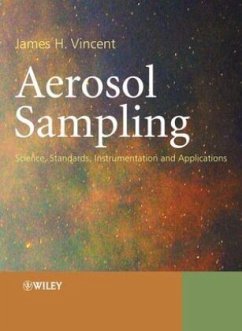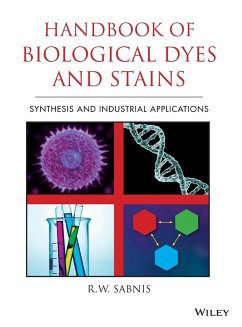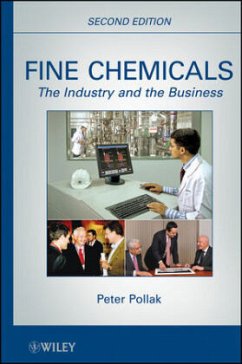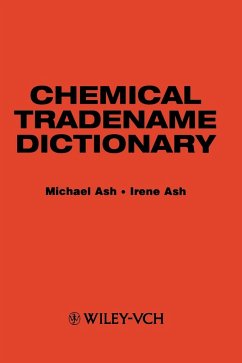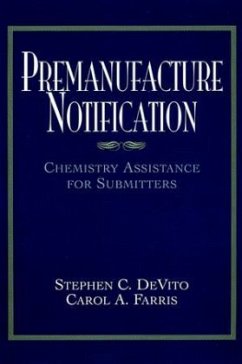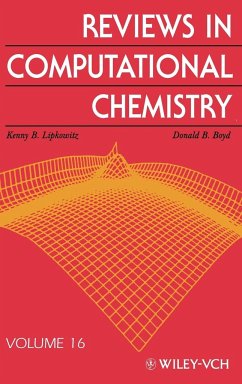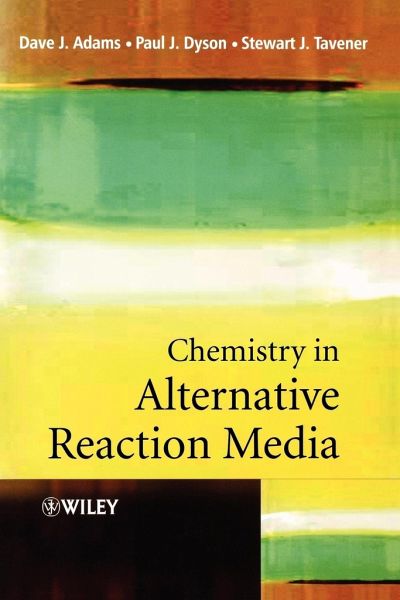
Chemistry in Alternative Reaction Media

PAYBACK Punkte
67 °P sammeln!
At a time when environmental concerns are increasing, it's important that chemical processes are as environmentally friendly as possible. This book outlines various methods for producing inorganic and organic solvents without the use of traditional solvents that can have detrimental effects on the environment._ This is the first book to give extensive and exclusive coverage to the topic_ Includes important environmental issuesThis book will appeal to anyone with an interest in organic synthesis; reaction chemistry; catalysis; and process development, and to undergraduate and graduate students ...
At a time when environmental concerns are increasing, it's important that chemical processes are as environmentally friendly as possible. This book outlines various methods for producing inorganic and organic solvents without the use of traditional solvents that can have detrimental effects on the environment.
_ This is the first book to give extensive and exclusive coverage to the topic
_ Includes important environmental issues
This book will appeal to anyone with an interest in organic synthesis; reaction chemistry; catalysis; and process development, and to undergraduate and graduate students of organic chemistry; catalysis; green chemistry; clean technology and environmental chemistry courses.
_ This is the first book to give extensive and exclusive coverage to the topic
_ Includes important environmental issues
This book will appeal to anyone with an interest in organic synthesis; reaction chemistry; catalysis; and process development, and to undergraduate and graduate students of organic chemistry; catalysis; green chemistry; clean technology and environmental chemistry courses.



